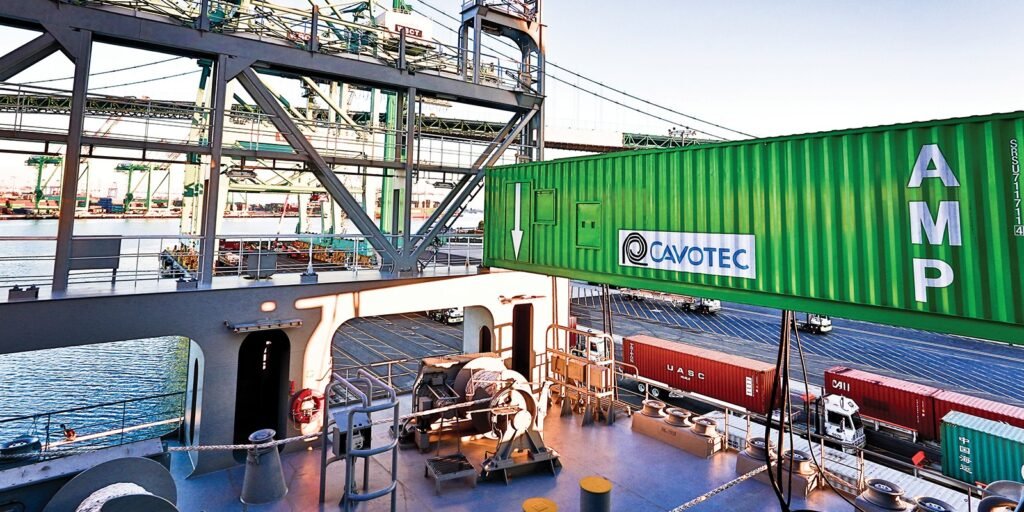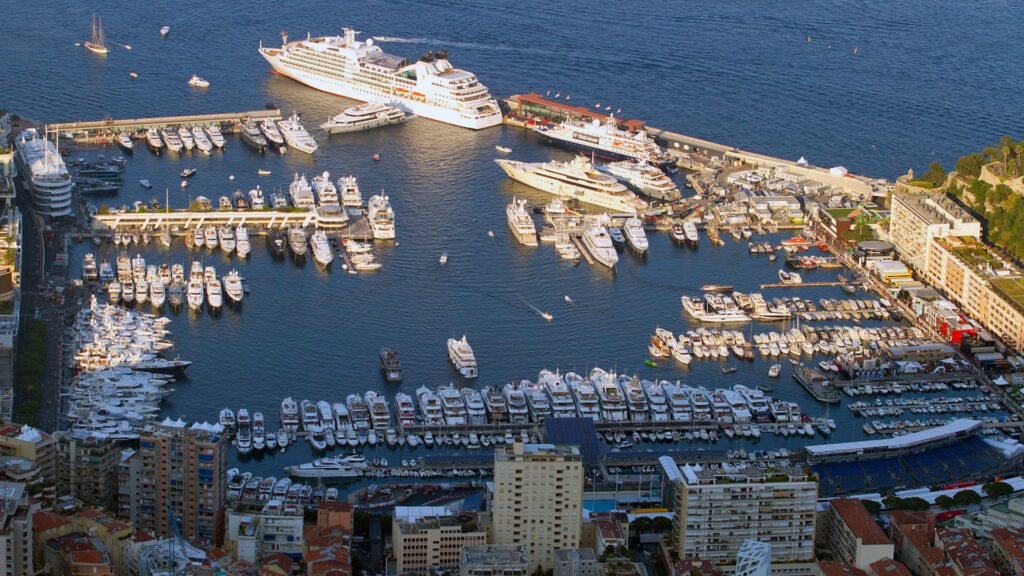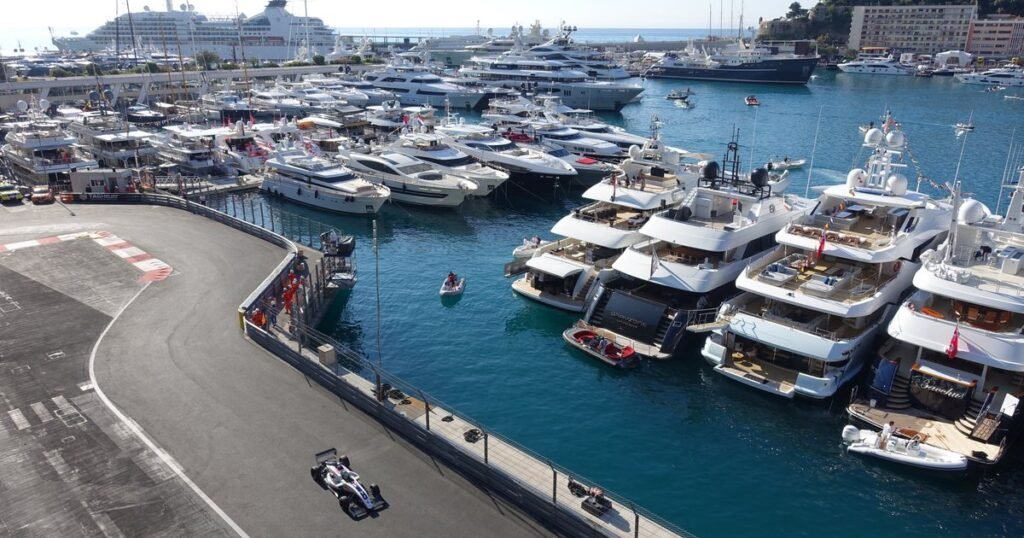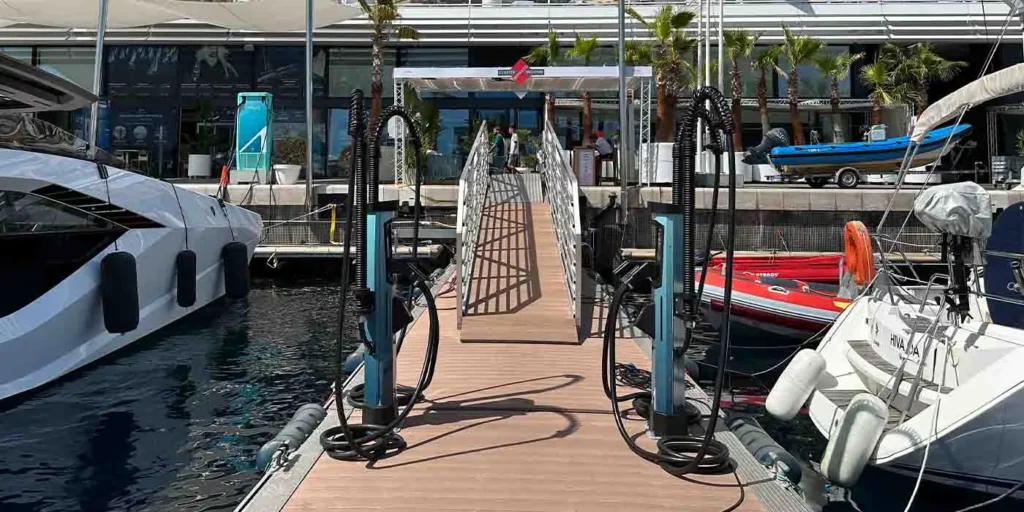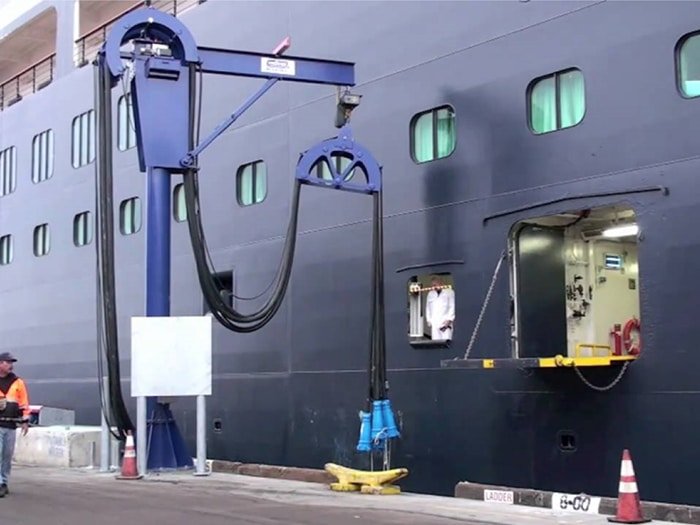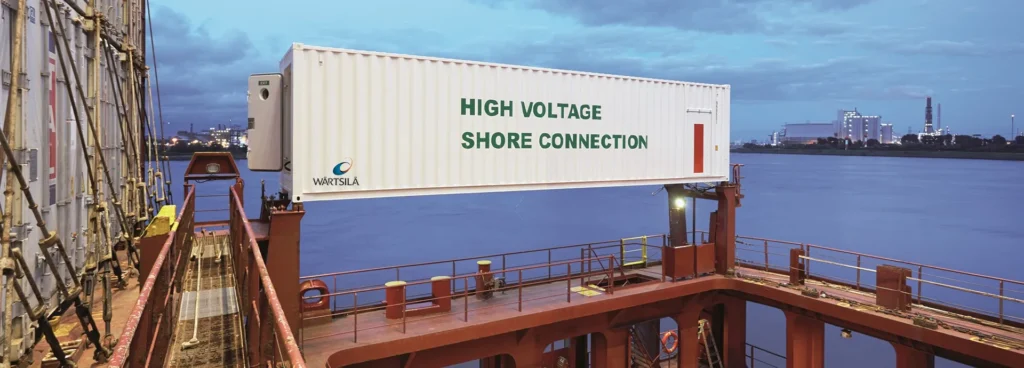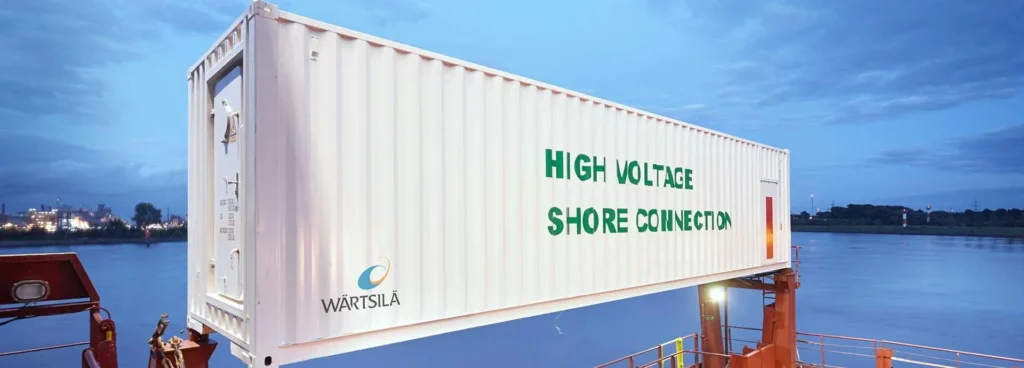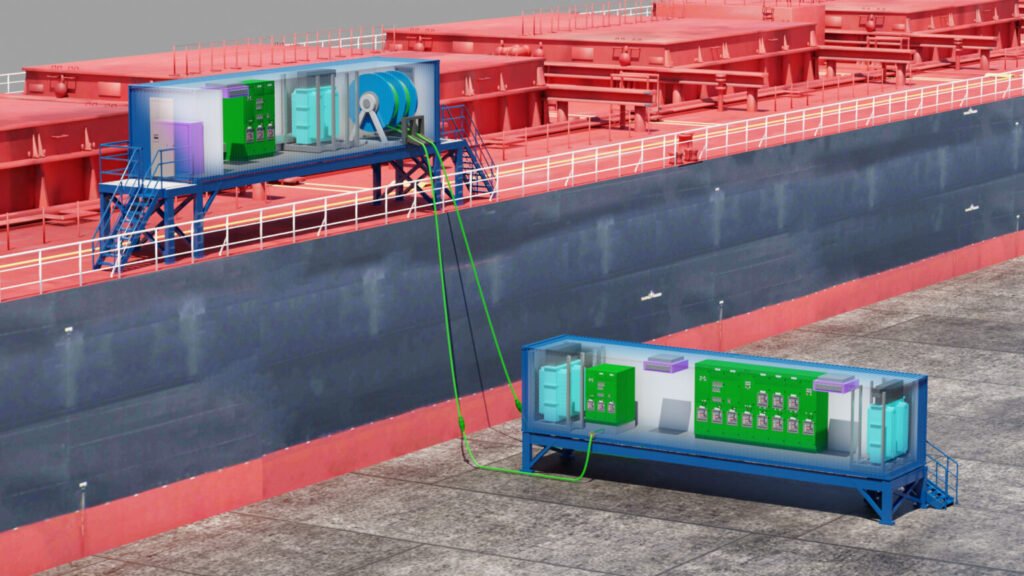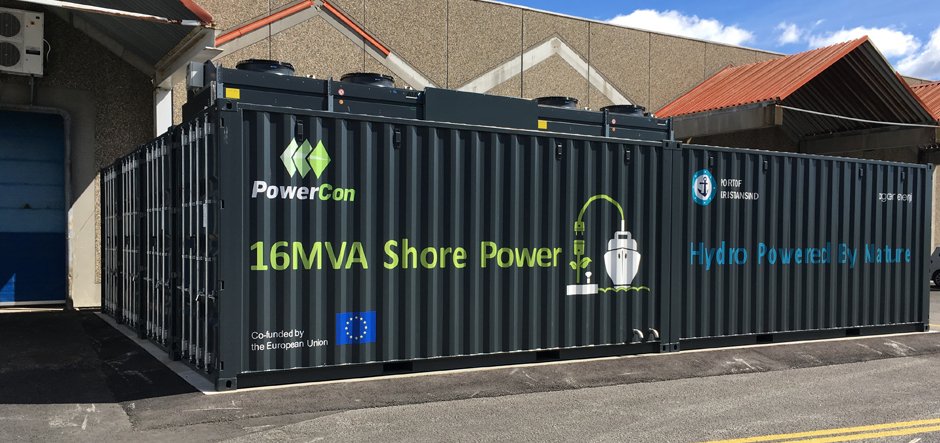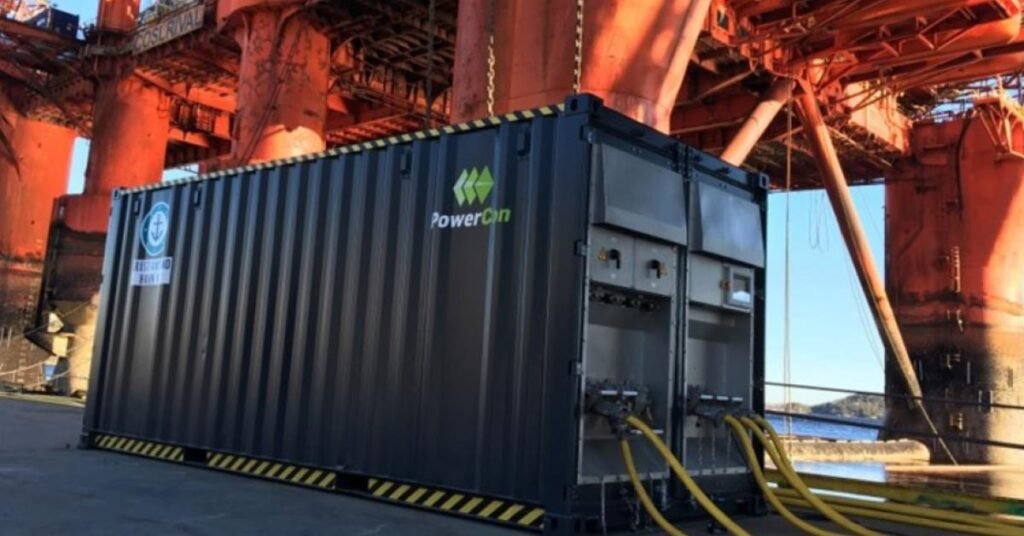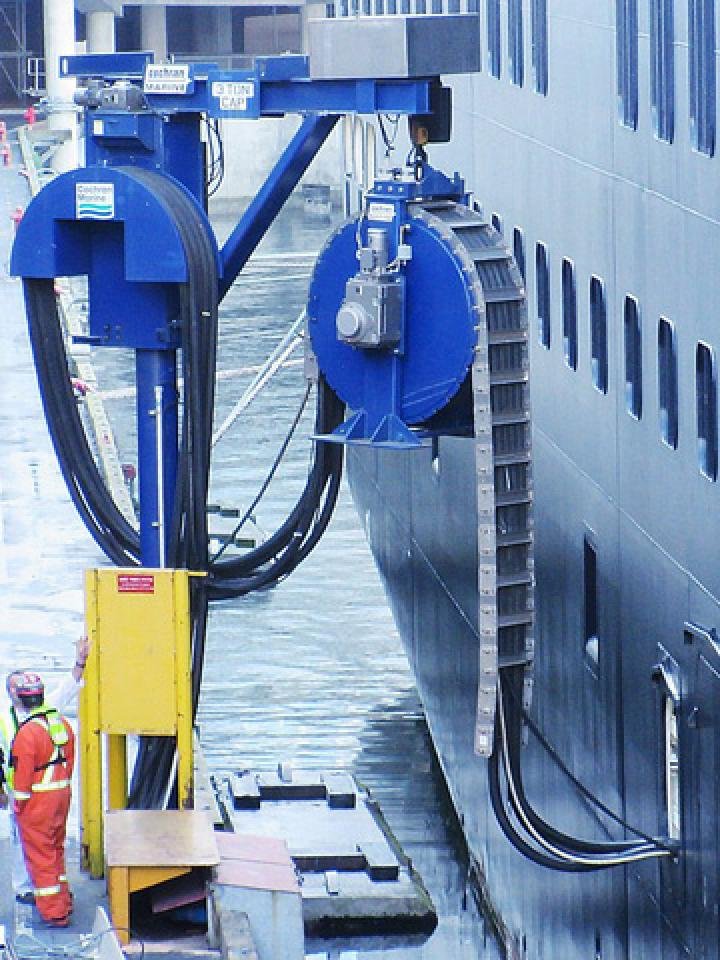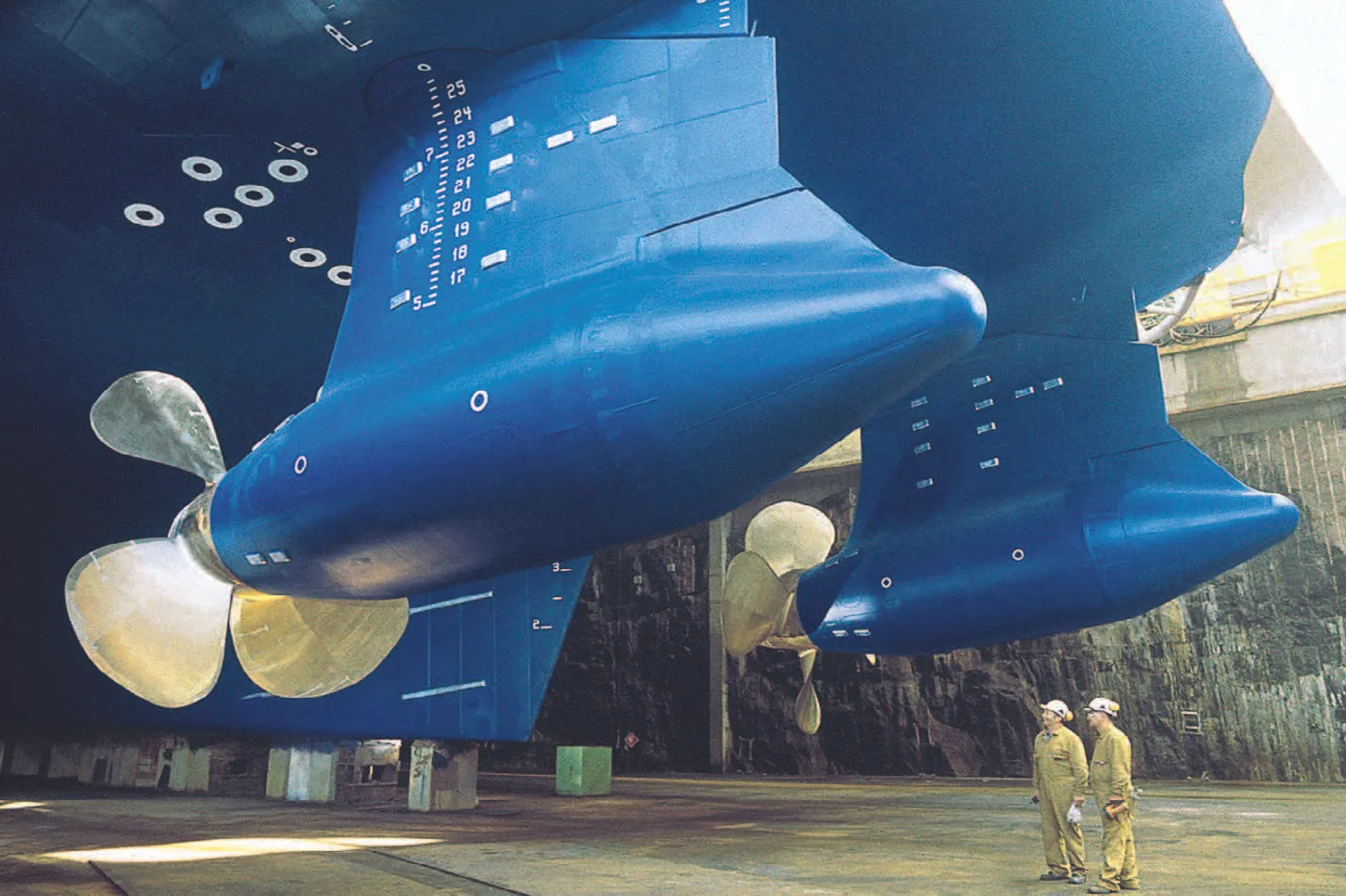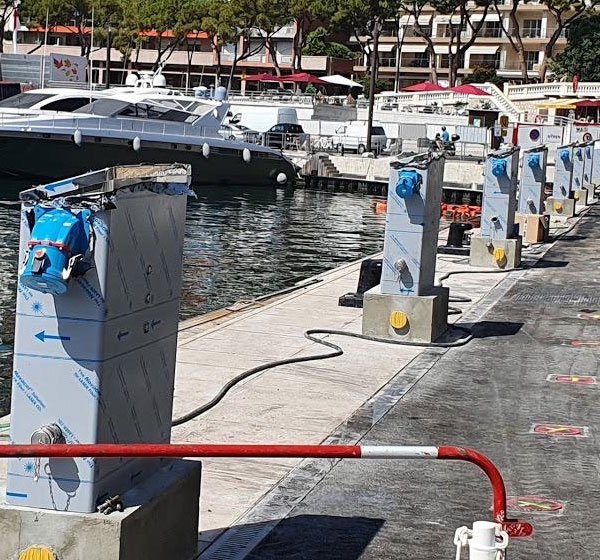
Contents
- Introduction
- Understanding Shore Power
- Benefits of Shore Power for Mega Yachts
- Shore Power Infrastructure on Mega Yachts
- Shore Power at Monaco
- Case Studies and Real-World Applications
- Challenges and Future Developments
- Shore Power Plugs and Standardization
- Conclusion
1. Introduction
As the yachting industry continues to evolve, the adoption of shore power for mega yachts has become increasingly prevalent. Shore power, also known as “cold ironing” or “shore-to-ship power,” allows yachts to connect to the local electrical grid while docked, reducing the need to run onboard generators. This article explores the importance of shore power for mega yachts, focusing on its benefits, infrastructure, and the specific case of shore power in Monaco.
2. Understanding Shore Power
Shore power enables vessels to connect to the electrical grid at the dock, providing a reliable source of electricity without relying on the yacht’s generators. This connection is facilitated through a shore power connection system, which includes cables, plugs, and transformers to ensure compatibility between the yacht’s electrical system and the shore supply.
3. Benefits of Shore Power for Mega Yachts
Environmental Benefits
- Reduced Emissions: By utilizing shore power, mega yachts can significantly reduce emissions of pollutants such as NOx, SOx, and particulate matter, contributing to cleaner air in ports and marinas.
- Lower Noise Pollution: Generators are noisy and can disturb the tranquillity of marinas and surrounding areas. Shore power eliminates this noise, providing a more pleasant environment for yacht owners and local residents.
Economic Benefits
- Fuel Savings: Running generators can be costly in terms of fuel consumption. Shore power provides a cost-effective alternative, especially in ports with lower electricity rates.
- Maintenance Savings: Reduced generator use leads to lower maintenance costs and extends the lifespan of onboard equipment.
Operational Benefits
- Uninterrupted Power Supply: Shore power ensures a steady and reliable power source, crucial for the sophisticated systems onboard mega yachts.
- Compliance with Regulations: Many ports and marinas are introducing stricter regulations on emissions and noise. Shore power helps yacht owners comply with these regulations.
4. Shore Power Infrastructure on Mega Yachts
Electrical Systems
- Transformers: Essential for converting shore power voltage and frequency to match the yacht’s requirements.
- Switchboards: Distribute the power from the shore connection to the yacht’s systems.
- Shore Power Cables and Plugs: Heavy-duty cables and plugs are used to connect the yacht to the shore power outlet.
Installation and Integration
- Retrofits and Upgrades: Existing yachts may need retrofitting to accommodate shore power, involving the installation of transformers, switchboards, and compatible plugs.
- New Builds: Modern mega yachts are increasingly being designed with integrated shore power systems, ensuring seamless connectivity and efficiency.
5. Shore Power at Monaco
Monaco, known for its luxury and exclusivity, is a prime destination for mega yachts. The principality has invested significantly in shore power infrastructure to cater to the high standards of visiting yachts.
Port Hercule
- State-of-the-Art Facilities: Port Hercule is equipped with advanced shore power facilities that can cater to the power needs of the largest mega yachts.
- Shore Power Capacity: The shore power system at Port Hercule can provide up to 6.6 kV at 50 Hz, with multiple connection points to accommodate several large vessels simultaneously.
- Green Initiatives: Monaco’s commitment to sustainability is reflected in its shore power infrastructure, reducing the environmental impact of yachts docked in its waters.
- Convenience for Yacht Owners: The availability of shore power in Monaco provides yacht owners with a seamless and luxurious experience, aligning with the high standards expected in this prestigious location.
6. Case Studies and Real-World Applications
Case Study 1: LNG Carrier “Methane Spirit”
Vessel Name: LNG Carrier “Methane Spirit”
Issue: Significant vibrations were detected in the propeller shaft system, leading to increased wear and potential failure.
Solution: The vessel was equipped with a comprehensive vibration monitoring system from SKF, including accelerometers and online monitoring tools. The system identified the imbalance in the propeller shaft, allowing for corrective measures.
Result: Post-correction, the vibrations were significantly reduced, leading to a 10% improvement in fuel efficiency and extended lifespan of the propeller shaft components.
Electrical Capacity: Equipped with shore power systems capable of handling up to 6.6 kV, ensuring compatibility with Monaco’s shore power infrastructure.
Case Study 2: Cruise Ship “Harmony of the Seas”
Vessel Name: Cruise Ship “Harmony of the Seas”
Issue: Crew and passengers reported discomfort due to excessive vibrations in living quarters and public areas.
Solution: Advanced isolation systems from Brüel & Kjær were installed, including floating floors and vibration dampers.
Result: The isolation systems successfully mitigated the vibrations, enhancing comfort for passengers and crew, and reducing the risk of structural fatigue.
Electrical Capacity: Harmony of the Seas is equipped with an advanced shore power system capable of drawing up to 12 MW of power, ensuring all onboard systems can run efficiently without using onboard generators.
7. Challenges and Future Developments
Technical Challenges
- Compatibility: Ensuring compatibility between different electrical standards used in various ports and the yacht’s systems.
- Installation Costs: High initial costs for retrofitting existing yachts with shore power systems.
Future Developments
- Standardization: Efforts are underway to standardize shore power systems globally, facilitating easier and more consistent use across different ports.
- Advancements in Technology: Ongoing technological advancements are expected to enhance the efficiency and reliability of shore power systems.
8. Shore Power Plugs and Standardization
Types of Shore Power Plugs
Shore power plugs are essential for connecting mega yachts to the shore power supply. Different types of plugs are used depending on the electrical capacity and standards of the port and yacht. Common types include:
- IEC 60309 (International): These plugs are widely used for industrial applications and are common in shore power systems. They are color-coded based on voltage and frequency to ensure proper connection.
- SAE J1772 (North America): Primarily used for electric vehicles, some adaptations are used in shore power systems, especially in marinas catering to U.S. standards.
- DIN 89267 (Germany): Used in European ports, particularly in Germany, for standardized shore power connections.
Standardization Efforts
To ensure compatibility and safety, several standardization efforts have been made:
- ISO/IEC 80005-1: This standard specifies requirements for high-voltage shore connection (HVSC) systems, covering plugs, cables, and safety protocols.
- IEC/IEEE 80005-2: Focuses on low-voltage shore connection (LVSC) systems, ensuring a unified approach to lower voltage applications.
- ISO 13297: Addresses electrical installations on small craft, including yachts, ensuring safe and consistent shore power connections.
9. Conclusion
Shore power is a vital advancement for the yachting industry, offering numerous environmental, economic, and operational benefits. Monaco, with its state-of-the-art shore power infrastructure, exemplifies the growing trend towards sustainable and efficient yachting practices. As technology and regulations continue to evolve, shore power is set to become an integral part of the mega yacht experience, enhancing both the luxury and sustainability of maritime operations.
For more detailed insights and updates on maritime technologies, visit maritimehub.com
